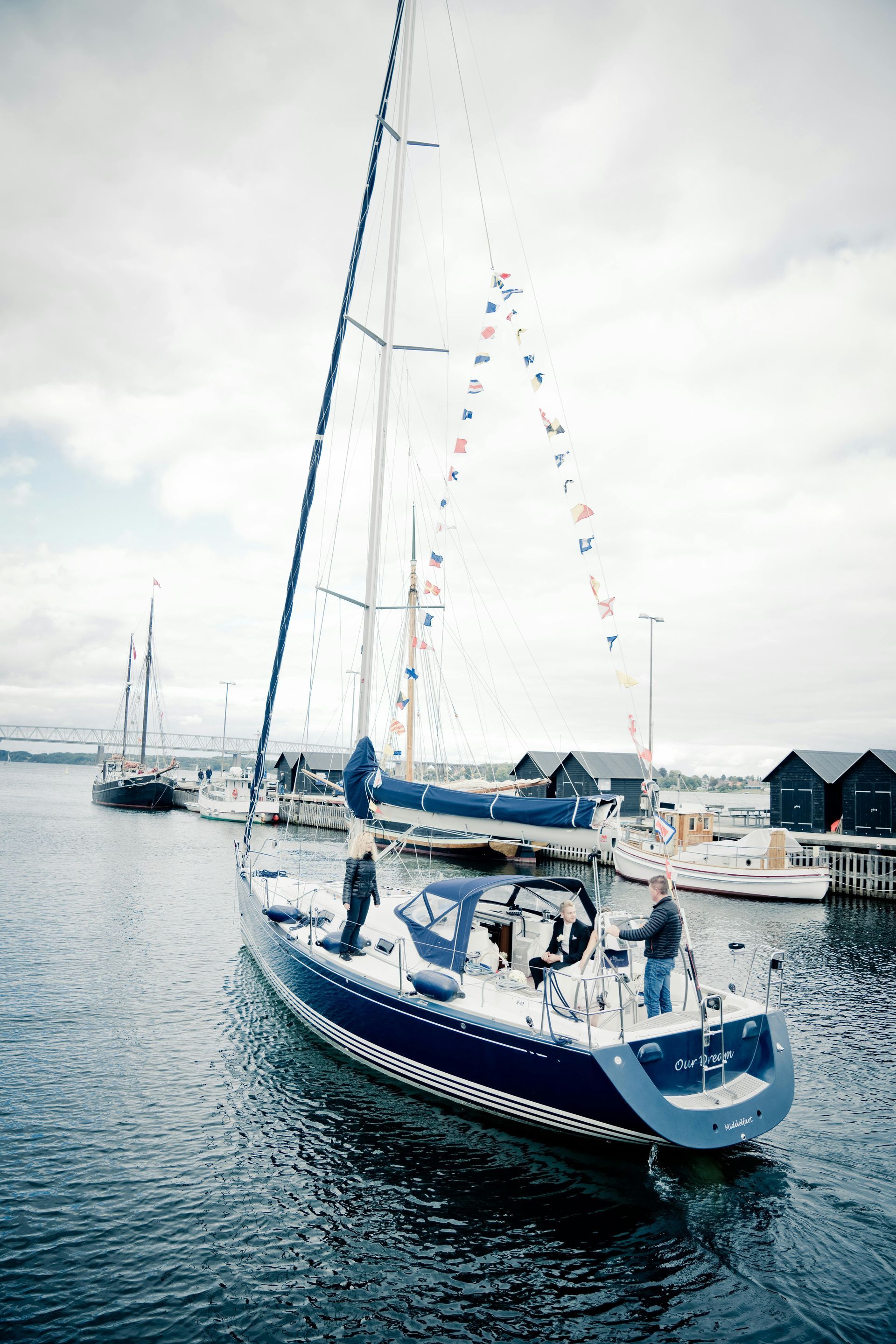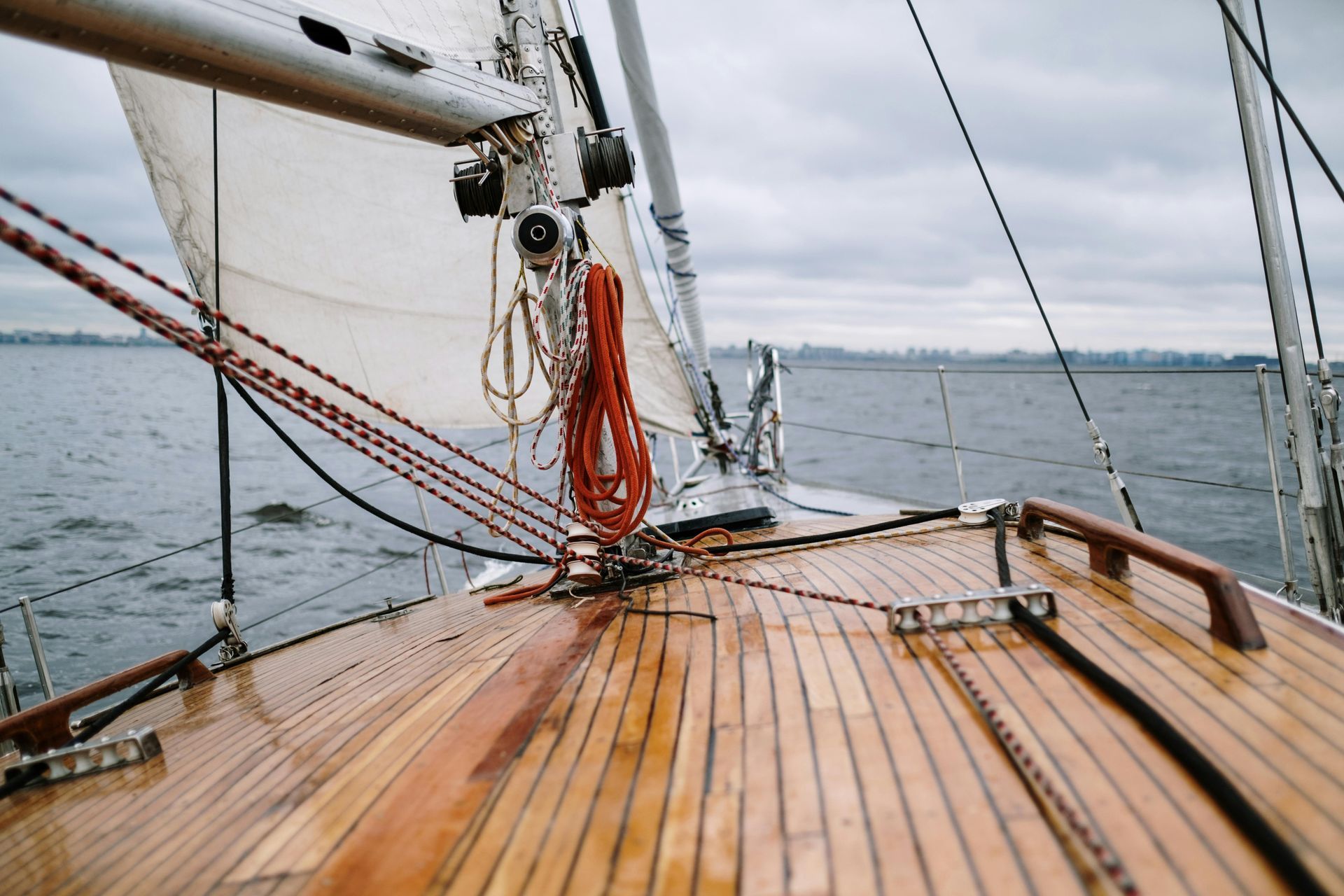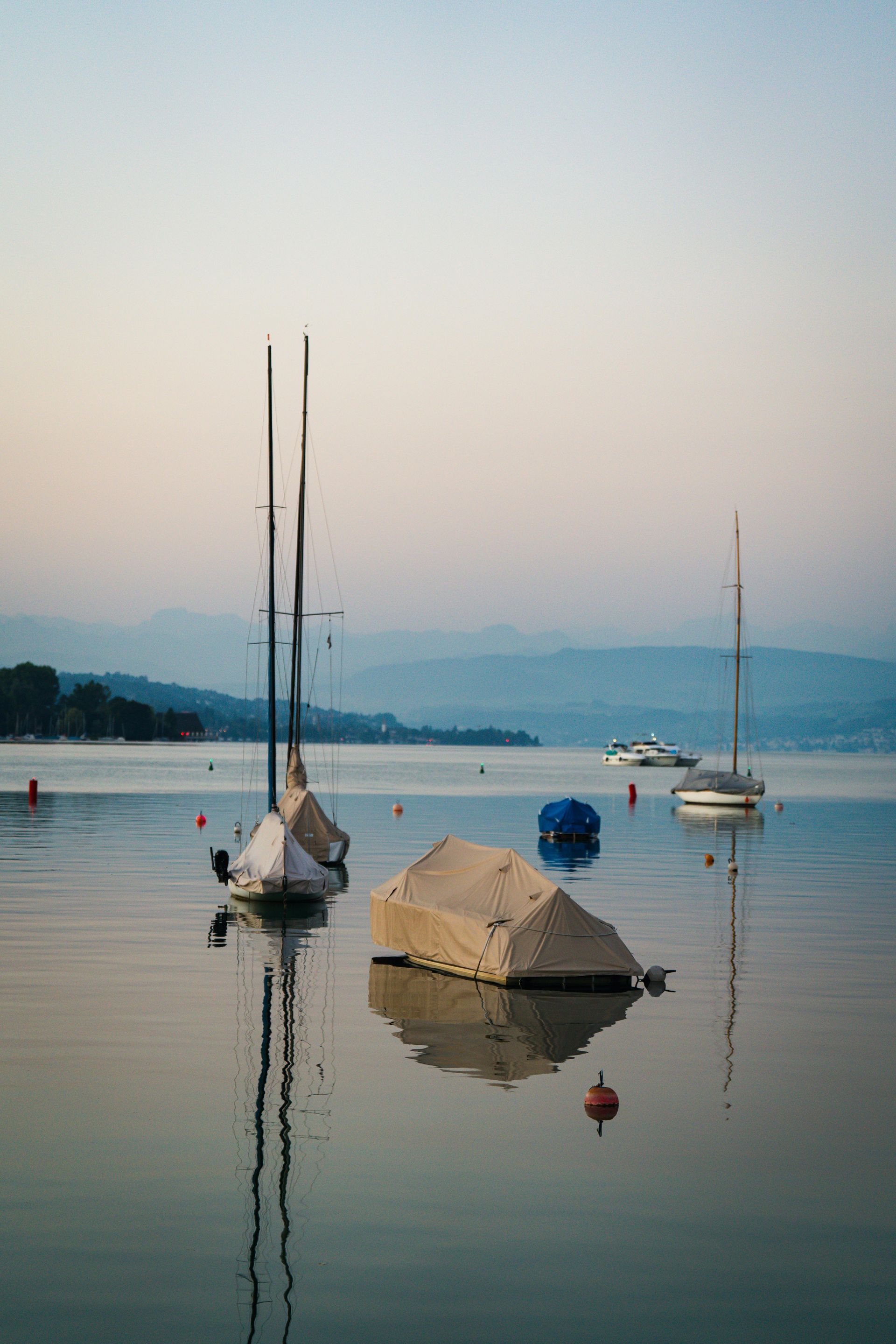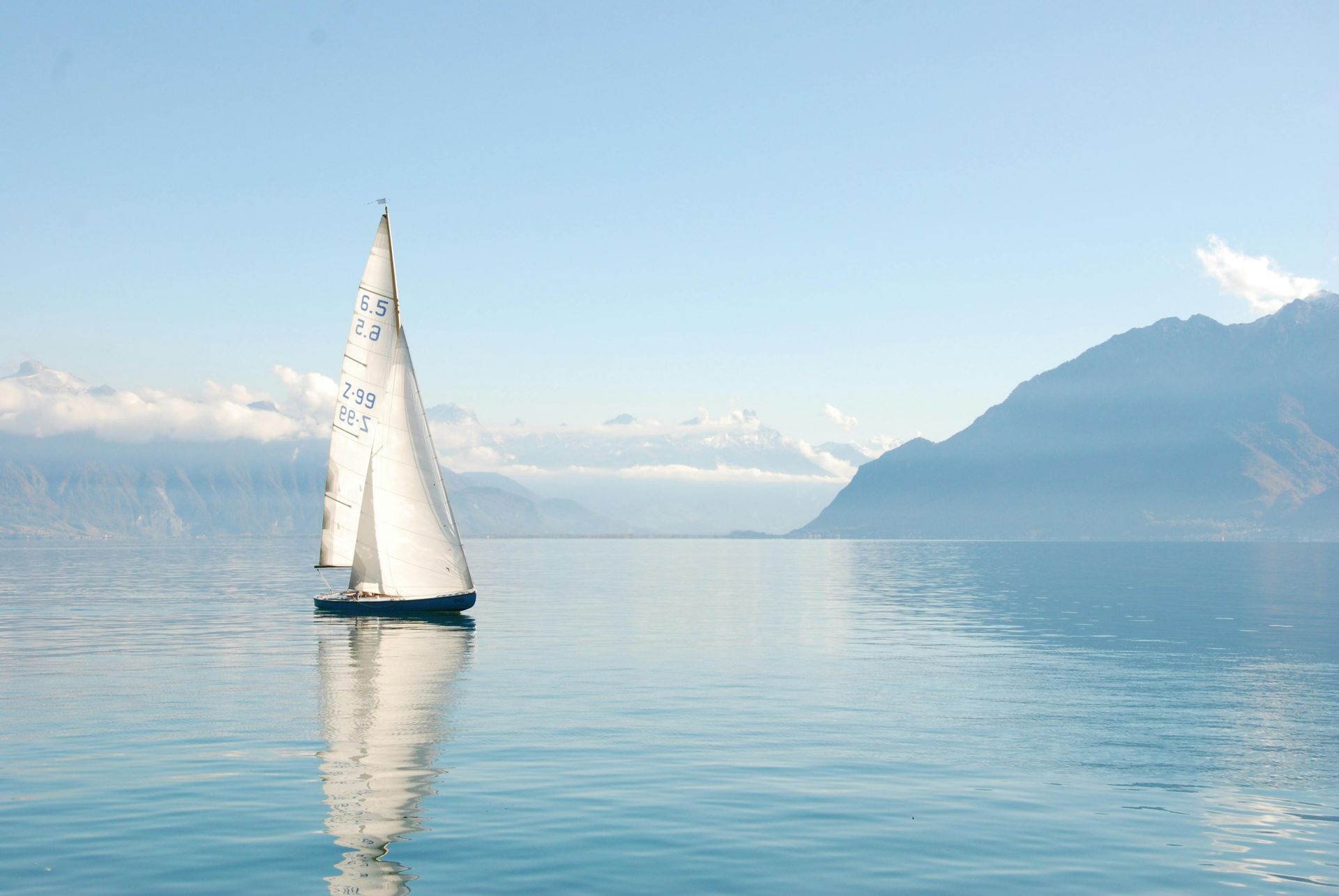Docking
Docking

I was watching the Chesapeake Cowboys extreme boat docking competition recently in Havre de Grace, Maryland, where watermen compete to dock their boats against the clock, and concluded that it had at least one thing in common with properly docking a sailboat; the worst you can probably do is hit a piling.
For some reason, many otherwise confident sailors and their crew, dread leaving and returning to a slip or a bulkhead. Although proper instruction and practice are necessary to build your skills, drama-free docking comes down to one simple concept; situational awareness.
Before entering a new slip, call ahead and find out if you should go bow in or stern in, port or starboard tie, and ask if dock hands are available to assist you. In addition, note the following conditions:
Wind and current strength and direction
Length and width of the fairway
Any boat traffic in your approach
Have dock lines, fenders, and boathook ready. Ensure your crew and dock hands know which dock lines you want secured first (usually to windward). Use all of the space available to make your approach. Use as little throttle as possible to maintain momentum and direction. If at first you don’t succeed, back out and try again; don’t force it.
Due to ever-changing conditions on the water, not every docking will be perfect; that’s why they sell wet or dry sandpaper and polishing compound at your local ship’s store.
Finally, practice good seamanship; please don’t leave your fenders hanging along your top sides after you leave the slip.
I hope to see you on the water.
Captain Dan




